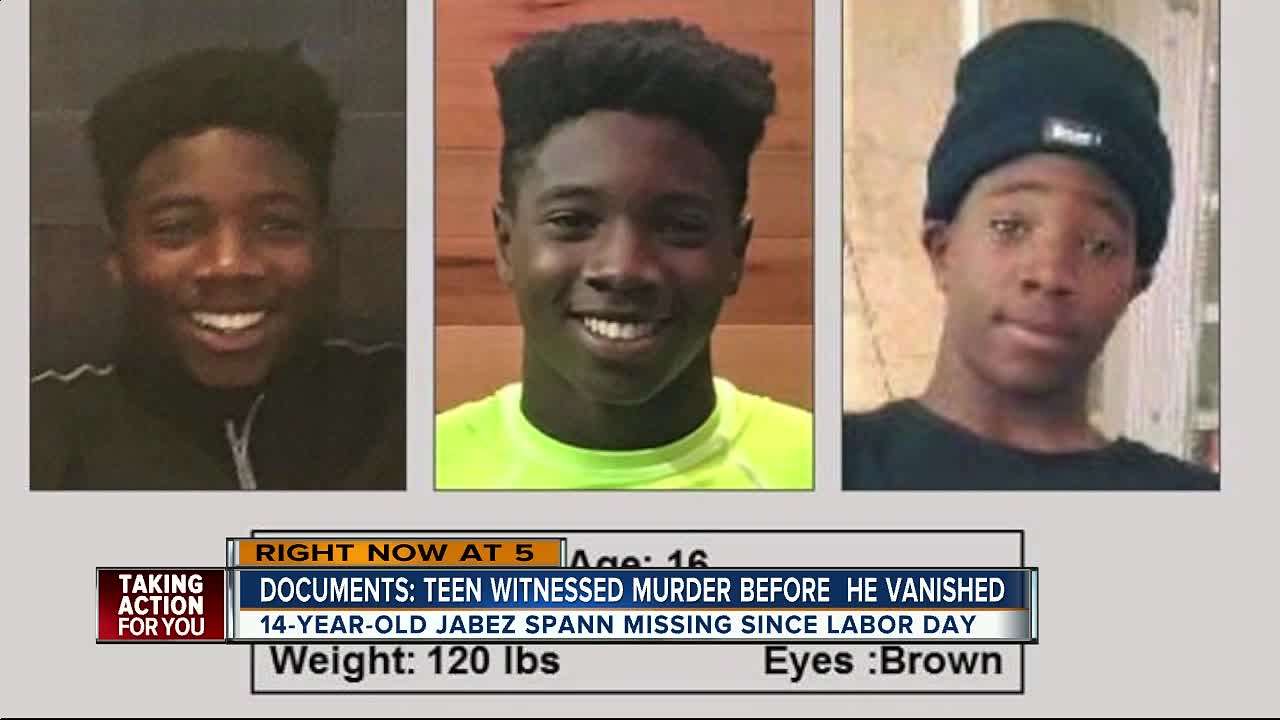
Police Identify Remains of Jabez Spann

Last week, Tawana, the mother of Jabez Spann, received the closure she’d been chasing since September 4, 2017. That Labor Day weekend was the last time she saw her son alive. The Sarasota teen went missing from his own front yard after having attended a candlelight vigil being held two blocks from his home. After a torturous 18 months without answers, she finally received the news she dreaded. Two men were checking a fence in a pasture in Manatee County when they made a grisly discovery: A human skull. They called 911. The remains of Jabez Spann identified from dental records. Sarasota Police Deputy Chief Pat Robinson said in a press conference, “Today, I am sad to report that we were not able to recover Mr. Spann living and return him to his family.”
To tell the full story of Jabez’s disappearance, you have to go all the way back to August, 2017, and the death of another man in Jabez’s life. In late August of 2017, Travis Combs, 31, was fatally shot and killed, with law enforcement investigating his death as a homicide. When the news broke about Jabez’s disappearance, one of the dominating bylines denoted him as a witness to a murder, having been named in a probable cause affidavit for a suspect. Reginald Parker, 55, claimed to have witnessed the shooting of Travis Combs, and allegedly told several individuals that he had witnessed it in November of 2017. These individuals were interviewed by police, corroborating what Parker had told them. Prior to Parker’s arrest on 2017, Jabez’s presence at the crime scene was merely a neighborhood rumor. The publishing of the arrest probable cause affidavit confirmed his presence at the crime scene that night.
Combs’ case eventually became overshadowed by the disappearance of Jabez Spann in media coverage, as he went missing less than a week later. The facts of the case as we know it read more like an edgy police procedural—a teenage boy, having already allegedly witnessed a violent crime, disappears without a trace, and police find themselves stymied. He disappeared less than 200 yards away from where Combs’ body was discovered. After Jabez’s remains were found, Police Deputy Chief Pat Robinson claimed that “hundreds upon hundreds” of hours have been logged in this investigation, citing that Jabez’s family has been a valuable asset to investigators. He also noted in a press conference that this case is personal for law enforcement, like many cases involving teens or young children, “Many of our detectives…have children of their own. I’m a father, as the sheriff. I can’t imagine having that information broken to me about my son. There’s been highs and lows in this investigation where there’ve been sightings and tips and things we’ve followed up on. And every time it’s a peak and a valley, [the family] stood with us, and our investigation team, every step of the way.” At that same press conference, police noted that they did not believe Jabez left Sarasota of his own volition.
The two men who called 911 told the dispatcher they did not see signs of a weapon at the site—just the skull and “some bones.” It was the break that came after 18 months of following over 100 tips reported to law enforcement that proved to be dead ends. Members of the community have found the news of the discovery bittersweet, like activist Wayne Washington, “You can’t just hurt a child in our community and think that you can live life and everything is going to be sweet. The emotions are very high because I wish that he was alive, but by the family finally finding him they can get the closure they need as a family.” Over the course of the investigation, the reward sum for any information leading to the whereabouts of Jabez Spann had grown to $50,000. Police have yet to say if or how the funds will be disbursed.
Despite the heartbreaking news in her son’s case, his mother remains steadfast in looking towards the future. Since the time her son disappeared, she believed he witnessed a brutal murder, and the person responsible had a hand in making him disappear. She now wants to see that person answer for their actions, “We’re going to move forward in the hopes that they can find whoever did this. Those last moments that you caused him, that you did to him when he was helpless and couldn’t call on anybody…that’s what I want to see justice for. We got some closure. We’re going to put him in peace and lay him to rest. We’re not done.”
